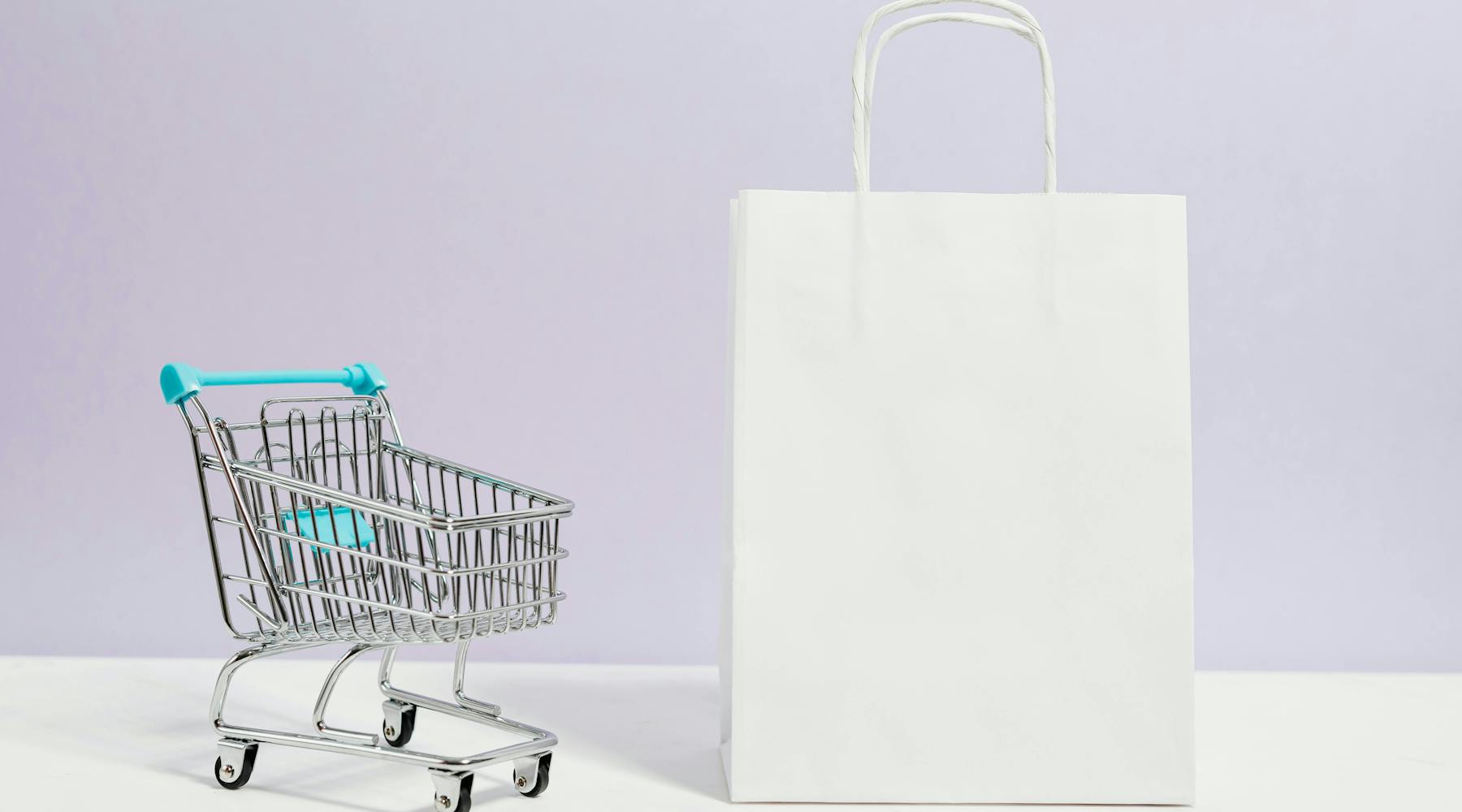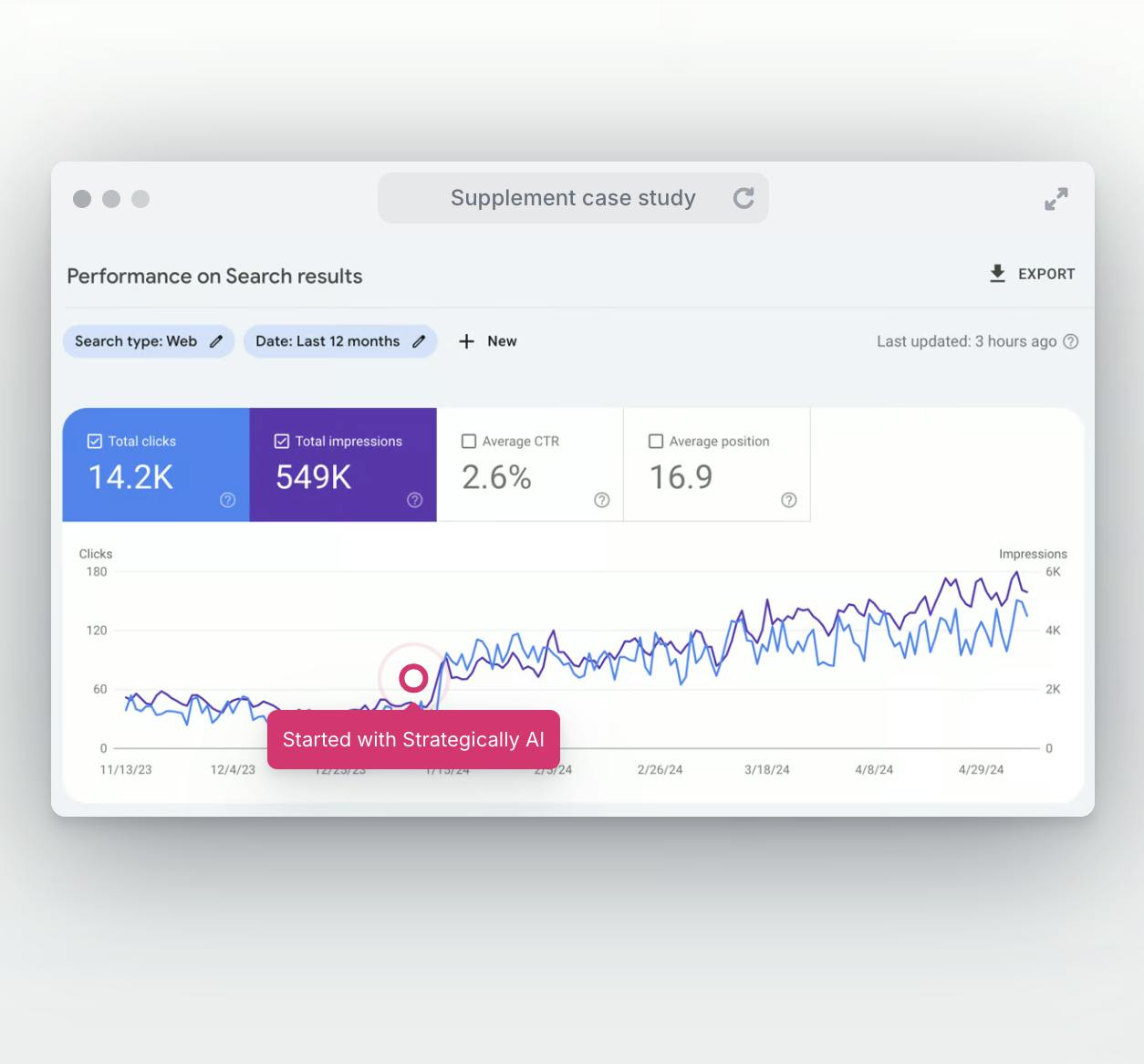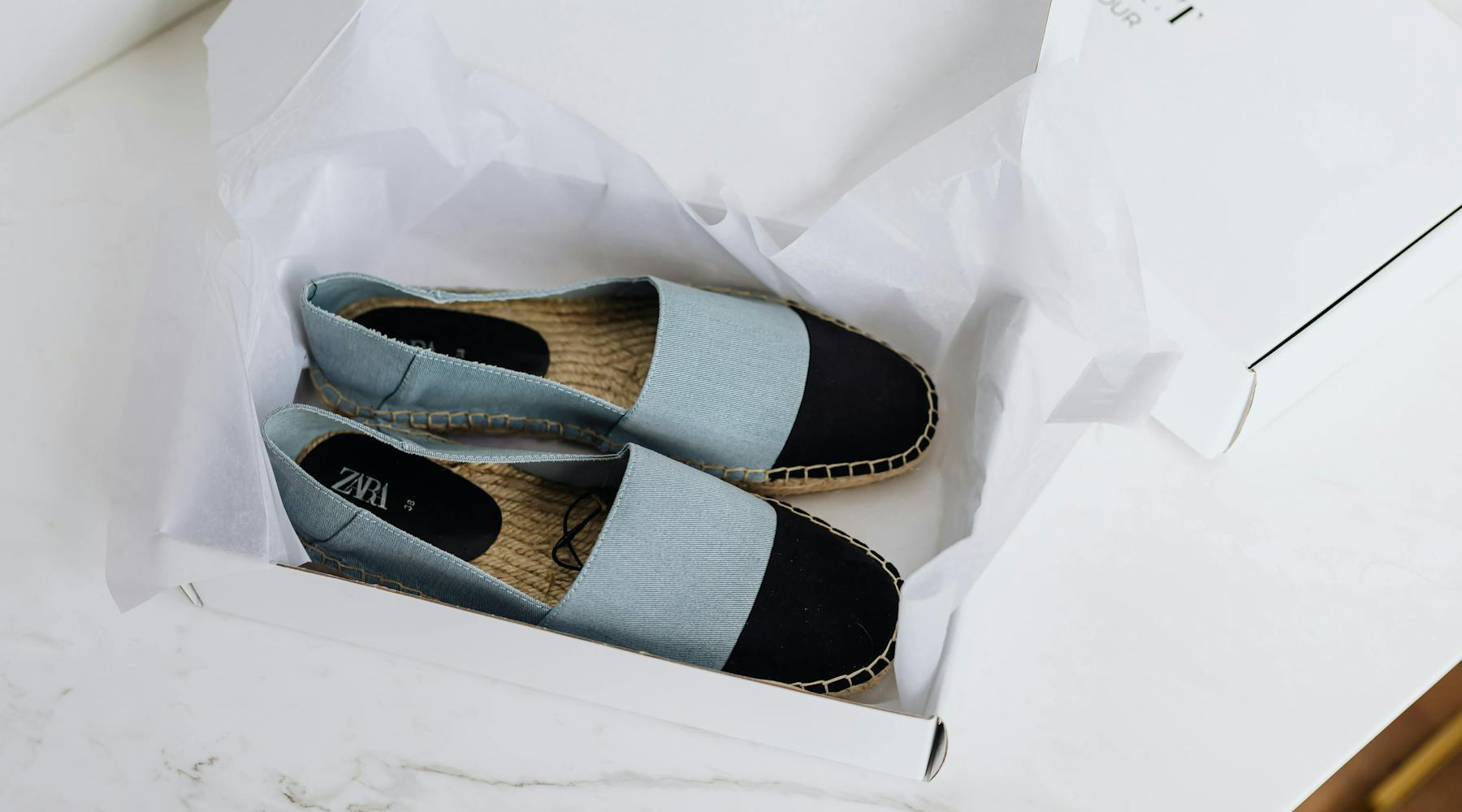If you've ever found yourself confused by Shopify's default URL structure, you're not alone. From product pages to blog posts, the URL structure can seem like a maze.
But don't worry; we're here to help you navigate it. In this guide, we'll explain the steps to changing the URL for collection pages.
So, buckle up and get ready to dive into the world of Shopify URL customization. Let's make your website not just user-friendly but also SEO-friendly.
Stay tuned!
Understanding Shopify's Collection Page Default URL Structure
Shopify's URL structure is designed to be user-friendly and consistent across all stores. This structure includes specific segments for product pages, collection pages, and blog posts.
Each segment plays a vital role in identifying the type of page being accessed, ensuring a smooth browsing experience for users. However, this rigid structure can sometimes pose challenges, especially when considering SEO strategies for your Shopify store.
Collection Pages and Their URL Structure
Shopify's default URL structure for collection pages is designed to be straightforward and user-friendly. The structure typically follows the format of your domain name, followed by '/collections/', and then the name of the specific collection.
For instance, if you have a collection of socks, the URL would look something like:
'www.yourstore.com/collections/socks'.
This structure is consistent across all Shopify stores and cannot be altered. The reason behind this is to maintain a uniform browsing experience for users across different Shopify stores. It also helps to keep the site's navigation simple and intuitive.
However, it's important to note that while the '/collections/' part of the URL is fixed, you can change the text that comes after it. This means you can customize the name of your collection in the URL to better reflect the products it contains, which can be beneficial for SEO purposes.
Shopify's default collection page URL structure can present several SEO challenges.
Here are some reasons why it may be considered suboptimal:
❌ Duplicate Content Issues: Shopify's collection pages can generate multiple URLs for the same content due to filtering and sorting options. This can lead to duplicate content issues, which can dilute the SEO value of your pages.
❌ Long and Complex URLs: The default URL structure for collection pages can be long and complex, often including unnecessary parameters. This makes URLs harder for both users and search engines to read and understand.
❌ Lack of Keywords: The default URL structure does not always include relevant keywords, which can be an important ranking factor. Including keywords in the URL can help search engines understand the content of the page better.
❌ Canonicalization Problems: If canonical tags are not properly implemented, search engines may have difficulty determining which version of a page to index. This can lead to indexing multiple versions of the same page, again causing duplicate content issues.
❌ Indexing Issues: Complex URL structures can make it harder for search engines to crawl and index your site efficiently. Simplified URLs are generally easier for search engines to handle, leading to better crawl efficiency.
❌ User Experience: Simple, clean URLs are more user-friendly. They are easier to share, remember, and understand. A complicated URL structure can confuse users, leading to a poor user experience.
Example of a Default Shopify Collection URL:
https://www.example.com/collections/all?page=2&sort_by=best-selling
Example of an SEO-friendly URL:
https://www.example.com/collections/best-selling-products
Recommendations for Improvement
While Shopify's default collection page URL structure presents several SEO challenges, there are effective strategies you can implement to mitigate these issues and optimize your site's performance. Below are some key recommendations for improving the SEO of your Shopify collection pages:
✅ URL Rewriting: Customizing the URL structure involves using techniques such as URL mapping to create shorter and more descriptive URLs. This can be achieved through the use of server-side solutions or URL rewriting modules, improving the user experience and making the URLs more user-friendly and easier to remember.
✅ Canonical Tags: Canonical tags are a way of telling search engines about duplicate or similar content across multiple URLs. By properly implementing canonical tags, you can avoid issues related to duplicate content and ensure that search engines understand which version of the content to index and display in search results.
✅ Keyword Inclusion: Including relevant keywords in URLs can help improve search engine understanding and relevance. By incorporating targeted keywords into the URL structure, you can signal to search engines the focus of the page and potentially improve the page's visibility in search results.
✅ Simplify URLs: Simplifying URLs involves removing unnecessary parameters and structuring URLs in a way that is clean and easy to understand. This can improve the user experience, make URLs easier to share and remember, and potentially have a positive impact on search engine optimization.
✅ Consistent Structure: Maintaining a consistent and logical URL structure across a site ensures that users and search engines can easily navigate and understand the website's content. Consistency in URL structure can contribute to a better user experience, improved site organization, and better search engine visibility.
Addressing these issues can improve the SEO performance of your Shopify collection pages, making them more accessible and understandable to both users and search engines.
How to Use Strategically AI to Choose the Correct Collection Page URL Structures
Organizing your products into collections can greatly benefit your business by improving the organization of your product pages and making it easier for customers to navigate. This can also help improve your website's search engine optimization (SEO).
To optimize your collection pages for SEO, start by conducting keyword research to identify clusters of keywords that can be targeted by specific collections. Then, create pages that closely align with your customers' needs.
For example, if you run an online store selling shoes, you might consider structuring your collection pages as follows:
- Trainers > domain.com/trainers/
- Black trainers > domain.com/trainers/black
- Black trainers for women > domain.com/trainers/black/women
- Black winter trainers for women > domain.com/trainers/black/women/winter
By doing this, a customer looking for black winter trainers for women will find a collection page with all the relevant products that perfectly match their needs.
If you need help with this, you can use a tool like Strategically AI to group your keywords into relevant pages and create SEO-optimized content with just a few clicks.
This categorization enhances the user experience and improves product management. From the product's details page, you can easily add a product to one or more existing collections.

Additionally, manual collections give you more control over how your products are displayed. Unlike automated collections, manual collections will always contain the same products unless you manually add or remove them.
SEO Impact When Changing the Collection URL
When it comes to SEO, changing the collection URL in Shopify can have a significant impact. Your website's URL structure plays a crucial role in how search engines understand and rank your pages. By modifying the collection URL, you're essentially altering the way your site communicates with search engines.
However, it's important to note that Shopify's default URL structure, particularly the "/collections/all" part, cannot be changed. This limitation is set by Shopify, and while it may seem like a hindrance, it's actually designed to maintain a consistent structure across all Shopify stores.
Any changes to your URL should be done thoughtfully. A poorly planned URL change can lead to broken links, which can harm your SEO efforts. Always ensure to create URL redirects for any URLs you change to prevent this issue.
How to Change the URL on Shopify
This guide will walk you through the process of changing the URLs for your Shopify collection pages.
Whether you're looking to change a product URL or edit your website's SEO, this guide has got you covered. Let's dive in!
Changing the URL for Collection Pages
To change the URL for collection pages on Shopify, you'll need to follow a few simple steps. This process involves editing the 'handle' of the collection, which is the text that comes after /collections/ in the URL. Here's how you can do it:
Log in to Your Shopify Admin: Open your web browser and log in with your credentials to access your Shopify admin dashboard.
Navigate to Collections: In the left-hand sidebar, click on “Products” and then select “Collections” from the dropdown menu to see a list of all your collections.

Select the Collection to Edit: From the list of collections, click on the collection for which you want to change the URL.
Edit the SEO Settings: Scroll down to the “Search engine listing preview” section. Click on the “Edit website SEO” link.
Change the URL and Handle: In the “URL and handle” field, enter the new desired URL for the collection. Make sure it is unique and relevant to the collection.

Save Changes: After updating the URL, click on the “Save” button at the bottom or top right of the page to apply the changes.
Check the New URL: Once saved, visit the new URL in your web browser to ensure it directs to the correct collection page and everything is working properly.
Update Internal Links: If you have internal links pointing to the old collection URL, make sure to update them to the new URL to avoid broken links on your website.
Set Up Redirects (Optional): To avoid losing traffic from the old URL, set up a 301 redirect from the old URL to the new one. This can be done in the “Navigation” section under “Online Store” in the Shopify admin.

By following these steps, you can successfully change the URL for collection pages on your Shopify store.
You can't change the overall structure of your Shopify URL. The paths like /collections/, /products/, or /pages/ are fixed. You can only change the text after them. This is due to Shopify's underlying architecture, which uses these paths to pull information from the admin. This method keeps everything clean, speedy, and visually digestible.
Final Thoughts on Changing URLs in Shopify
Changing URLs in Shopify for a collection page requires a clear understanding of the platform's default structure and the potential SEO impact. While Shopify's URL structure may seem rigid, workarounds are available.
The old structure should be redirected properly to avoid broken links and negative SEO consequences. Finally, always strive to maintain a balance between user-friendly navigation and SEO optimization. After all, the ultimate goal is to provide a seamless shopping experience for your customers while ensuring your Shopify store ranks well in search engine results.
If you're unsure which keywords to target on collection pages or how to create SEO-optimized content for large-scale eCommerce collections and product pages, try Strategically AI for free today. Our AI analyzes your eCommerce store to determine how to cluster your products on collection pages designed to target the optimal keywords for your target customers.







